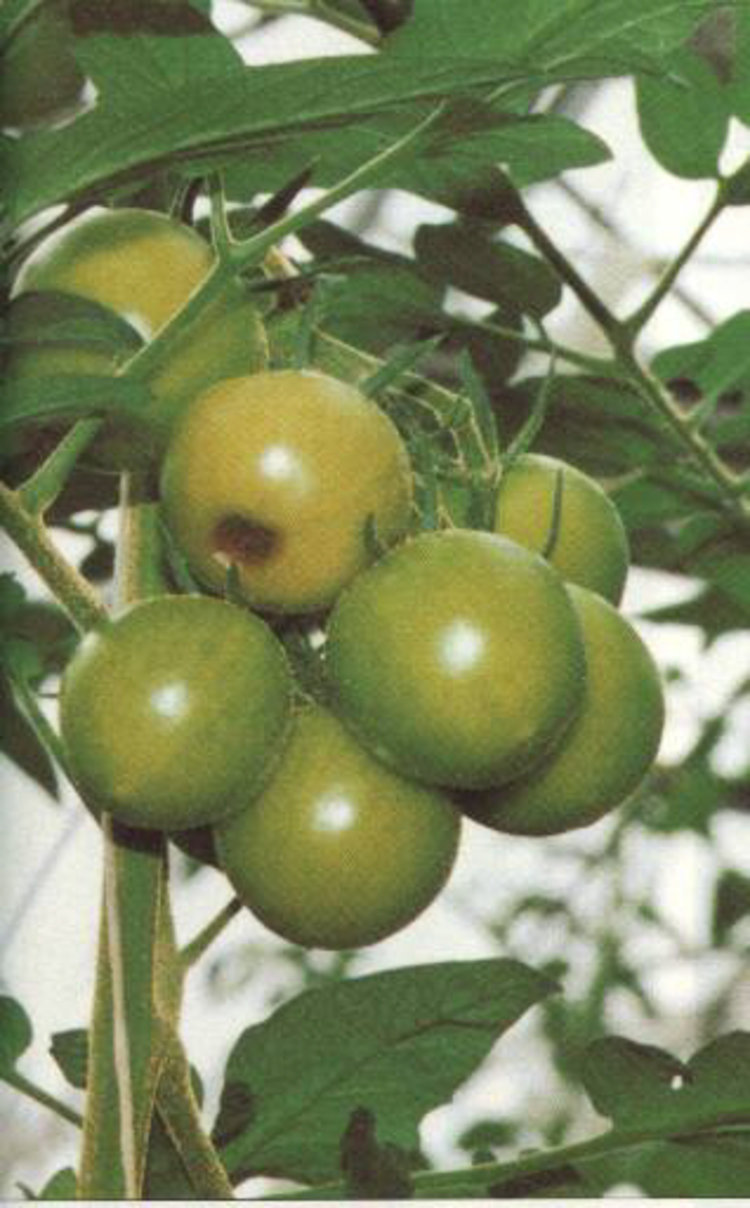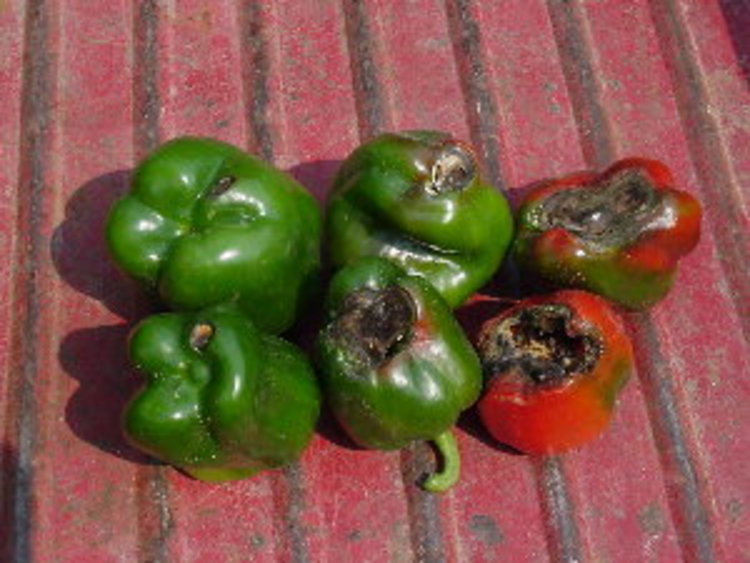Calcium (Ca) is the most important building brick for the membranes and cell walls of the plant. This nutritional element contributes to the sturdiness of the plant. It is also necessary for cell division. ‘Focus on nutritional elements’ is this month all about calcium.
What is the function of calcium?
Calcium is taken up by the plant roots in the shape of calcium ions (Ca2+). This happens nearly exclusively through the root tips. This is a passive process driven by evaporation of the plant. Calcium is poorly distributed by the plant. If a plant can’t evaporate well, the calcium supply to the growing point, leaf edge or fruit tip will therefore be limited. Calcium is the most important building brick of the membranes and cell walls. The sturdiness of the crops is also partly determined by the calcium resource. Cell division is not possible without calcium. Calcium indirectly plays a role in the energy supply within a cell. The calcium level in the plant can vary from 0.1 to sometimes 5 percent of the dry matter.
In what shapes does calcium occur?
During the production of potting soil mixtures, calcium is predominantly added in the shape of limestone. The calcium in this lime is released when the lime slowly dissolves. Besides that, fertilizing with calcium can also happen through, for example, calcium nitrate. A large part of the calcium that is applied with liming and fertilizing is connected to the adsorption complex. The concentration of calcium in the solution is ultimately influenced by the quantity of other cations (such as potassium and magnesium), because these compete for the binding on the adsorption complex. For K-Ca-Mg, therefore, a ratio of about 4-2-1 often occurs in the solution. If calcium is present in the substrate in high concentrations in a soluble shape, it tends to precipitate with sulphate or phosphate. Poorly soluble calcium salts may form, like calcium sulphate or calcium phosphate.
Blossom end rot in tomatoes.
In roses a deficit shows through the development of small thick leaves (young leaves), followed by necrosis. A shortage of calcium regularly occurs in Schefflera. This is expressed by leaf dehydration and leaf fall. The climate also plays a prominent role. A surplus of calcium is also possible. Calcium surplus causes for example goldtip burn. In roses a deficit shows through the development of small thick leaves (young leaves), followed by necrosis. A shortage of calcium regularly occurs in Schefflera. This is expressed by leaf dehydration and leaf fall. The climate also plays a prominent role. A surplus of calcium is also possible. Calcium surplus causes for example gold speckles in tomatoes and stip in peppers.
Blossom end rot in peppers.
What are the RHP norms for calcium?
Calcium is in lime products that are added to substrates and in specific fertilizers. Among other things, the calcium level of these products that are used in RHP substrates are checked. Because lime is a mineral, it is also checked for contamination by, among others, trace elements. RHP certified lime products need to comply with specific requirements concerning fineness. For substrates with the RHP Horticulture quality mark, the substrate producer and the grower decide together what the calcium level needs to be, suitable to the culture.


